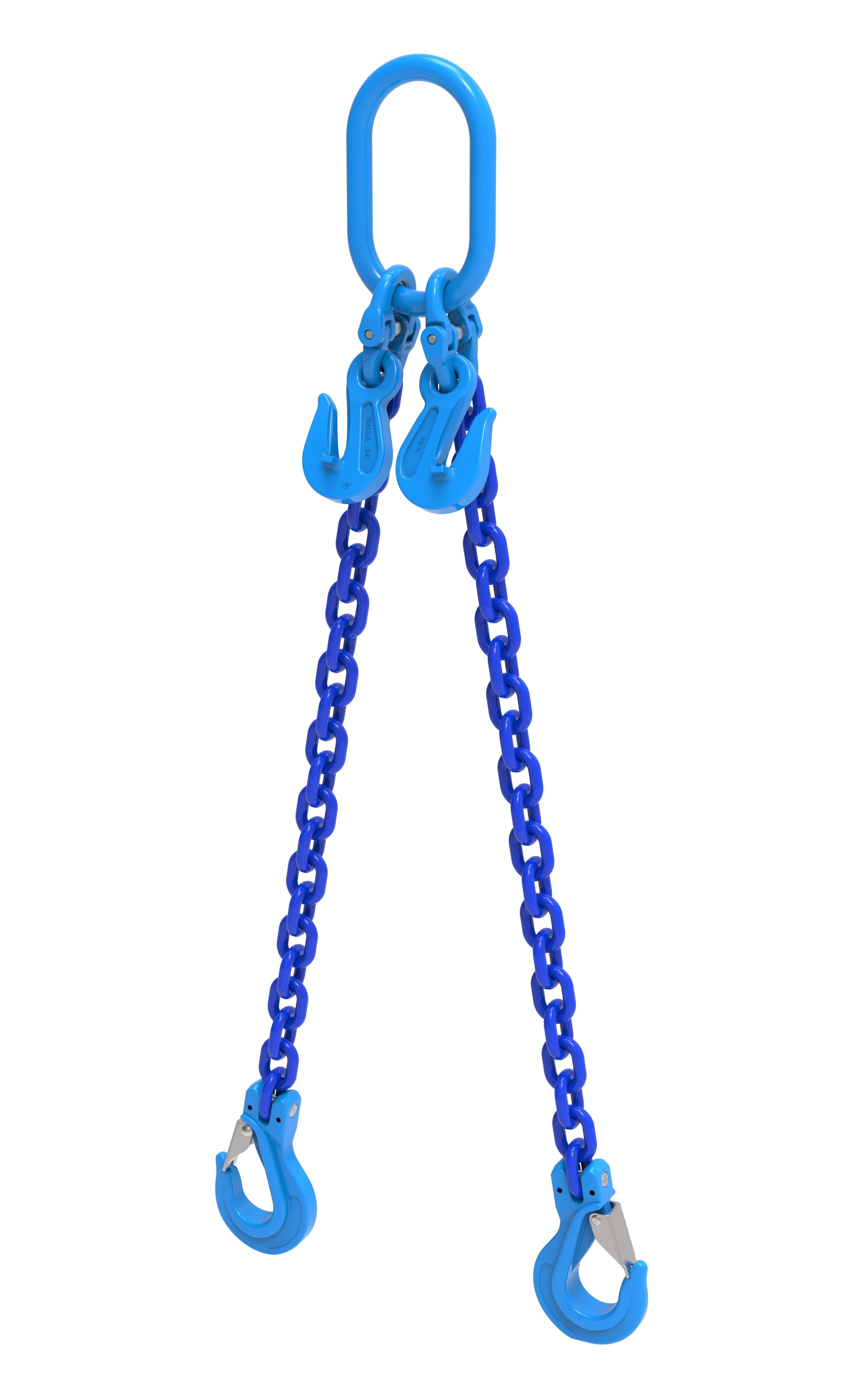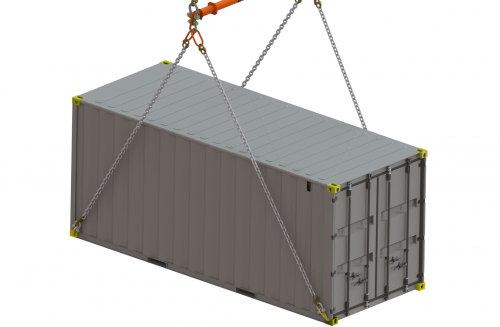What is an ISO Shipping Container?
ISO shipping containers are a standardized type of device used for international sea and land transport purposes. Usually made from corrugated steel and measuring either 20 or 40 feet in length, the ISO container is one of the most versatile systems for the transportation of goods used today. These containers can easily be loaded on ships, railway cars, and trucks, making them an incredibly efficient means of distribution. Plus, they provide a safe environment during transit to ensure proper protection for valuable items like food or electronics that could be damaged otherwise. With their immense utility, it's no wonder why they are often preferred container options in many industries.
Shipping containers have been transforming the maritime shipping industry since their introduction in the 1950s. Providing cost-effective and secure shipment around the world using large ships has revolutionized the shipping industry, providing not just efficient goods transportation but jobs for logistics personnel as well.
So, with all that, what can I use to lift a shipping container?!
That's easy: you'll need a crane and a sling...and maybe a spreader bar. Read below to find out more...
Lifting a Shipping Container Using a Crane
If you need to perform your lift using a crane, you must make sure the box is securely attached to the chain system. Rigging can be done by lashing two ends of a chain sling around opposite sides of the box and connecting them using rigging lugs, but only if the container is empty. If you have a loaded box you'll need to use a spreader beam and it's preferable to lift from the bottom side pockets using a top two leg sling which connects to the beam and then four single leg bottom slings which connect to the bottom of the beam and then attaches to the load via the bottom side lifting lugs.
Once the box is properly secured, it's important to ensue that the crane operator lifts gently and gradually on all four sides of the load until it is free from the ground. In doing so, there will be less stress on the rigging and any load within, helping to minimize any damage that could occur. When maneuvering, be aware of your surroundings and make sure that no one is too close as you are lifting and moving heavy loads with a crane.
When it comes to lifting crane operations are necessary. A container is too heavy for manual work and using the right crane can reduce the chance of accidents or damage. In addition to properly securing the load, pre-inspection of all cranes and chains involved in the process is essential before any lifting takes place. With careful consideration and diligence towards safety norms, cargo handling teams can confidently use chain slings to lift containers.





